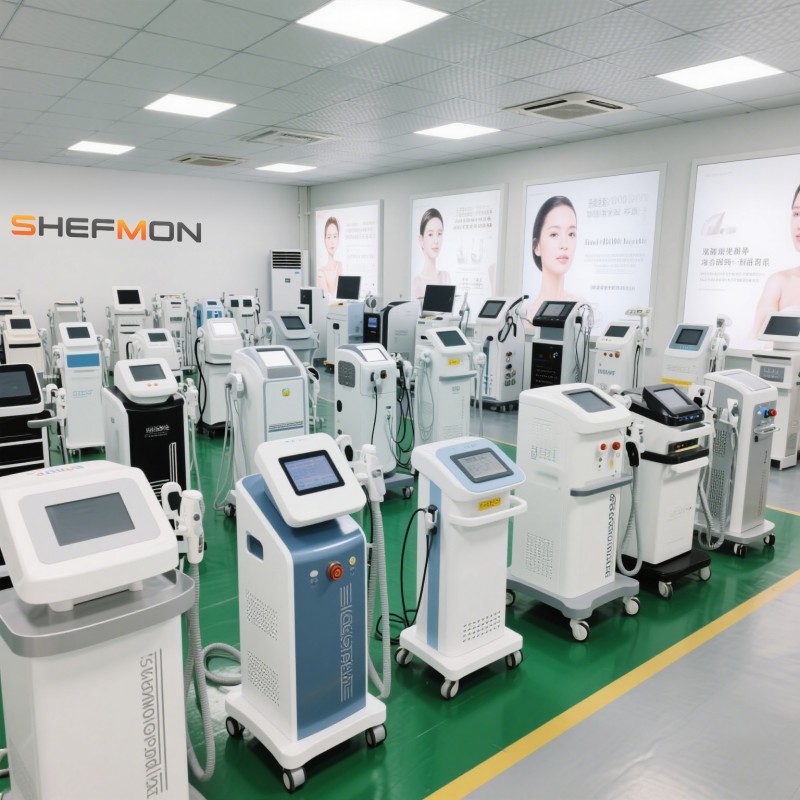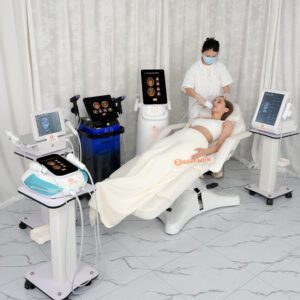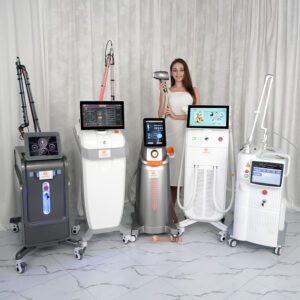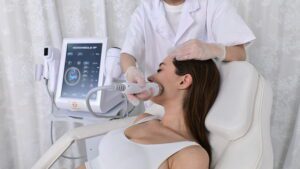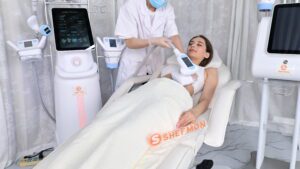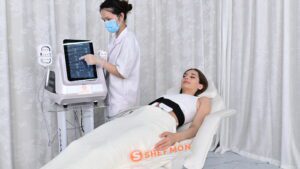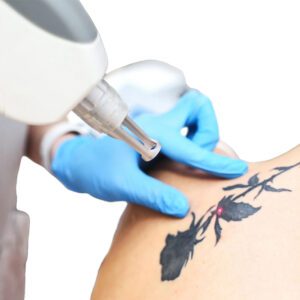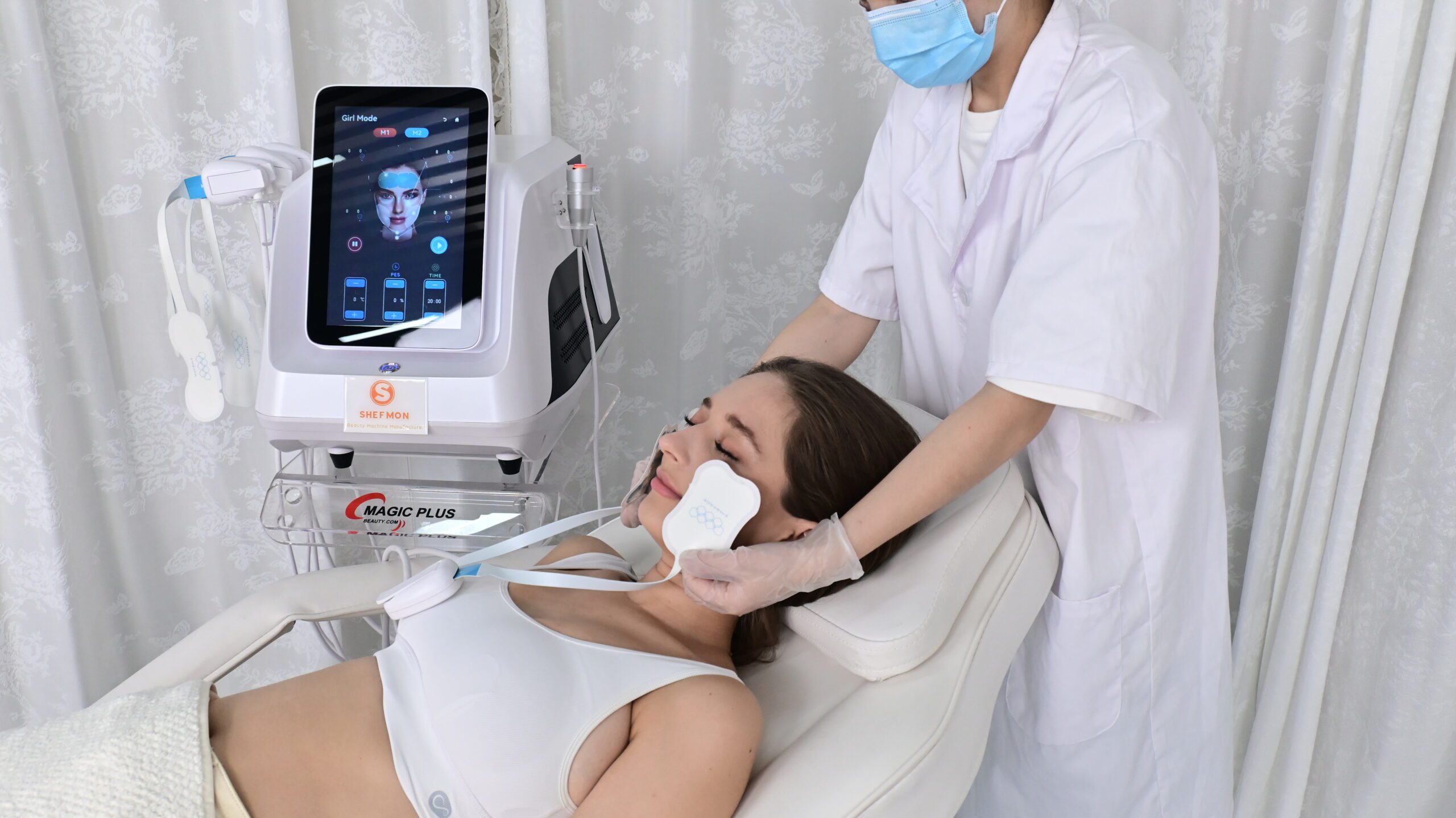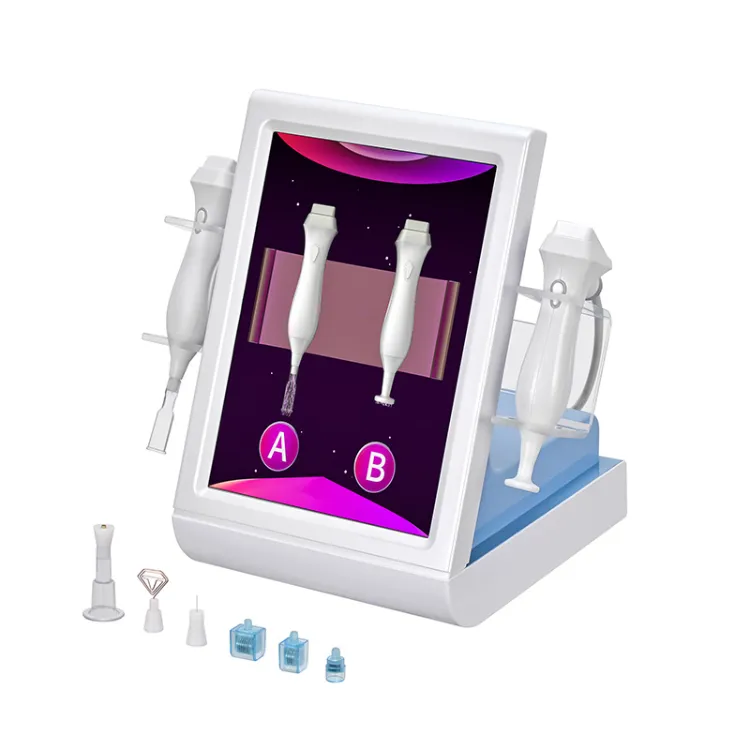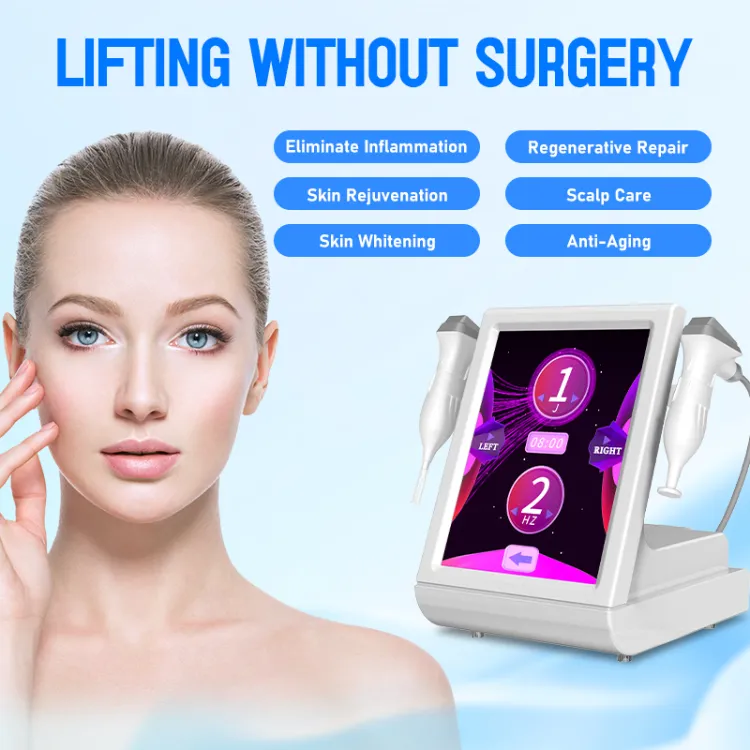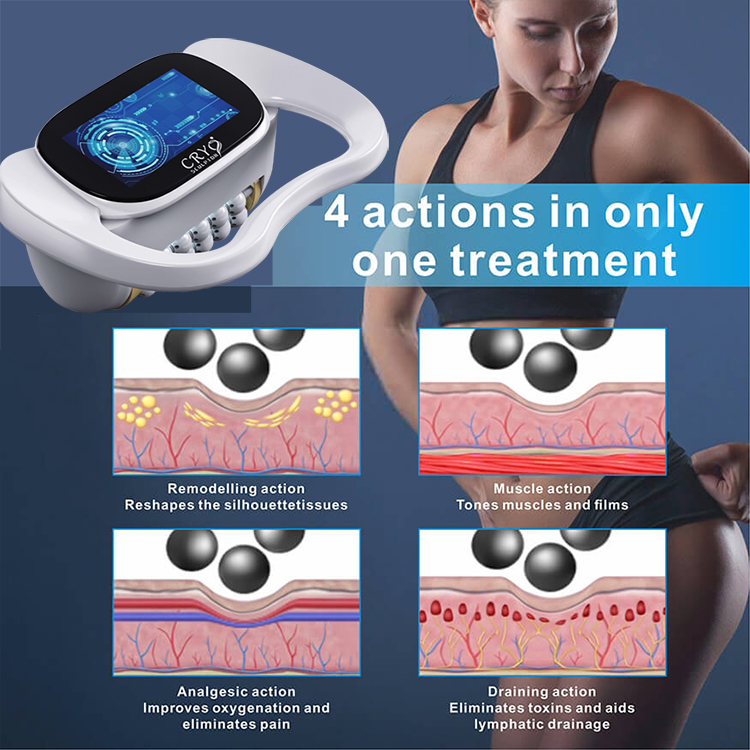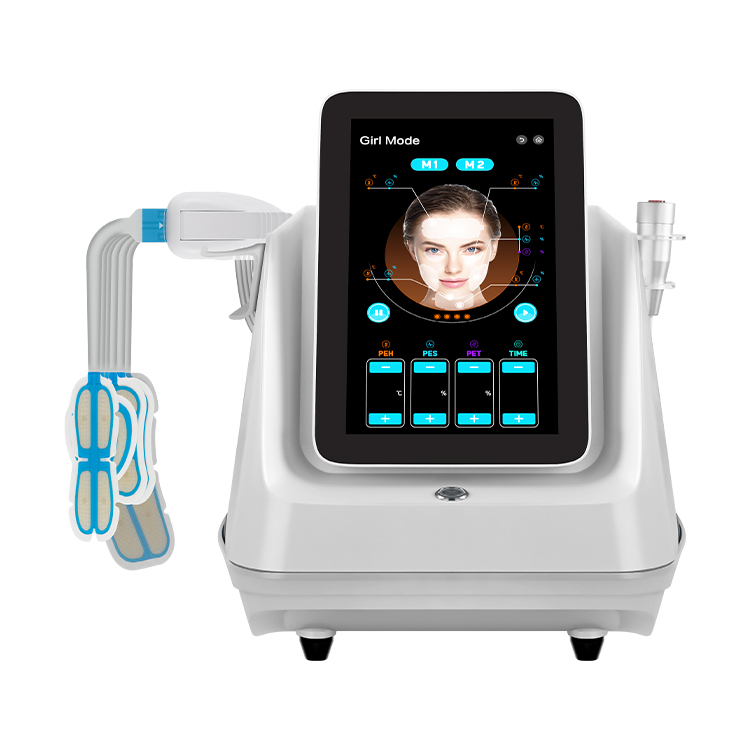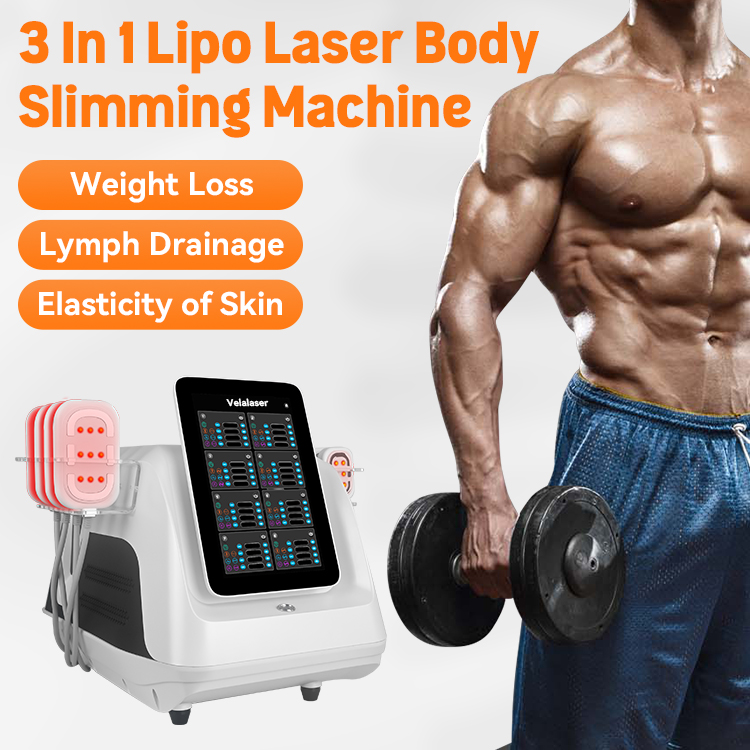Partagez des solutions optimisées, des connaissances professionnelles en matière de vannes et des actualités du secteur
Veuillez saisir les termes ou mots-clés pertinents que vous souhaitez consulter ; les articles pertinents apparaîtront dans les résultats de recherche. Si vous ne trouvez pas la réponse à votre question, n'hésitez pas à nous contacter ; nous serons ravis de vous aider. Vous pouvez également nous envoyer un e-mail directement à beauty@shefmon.com.
Pouvez-vous utiliser un stimulateur musculaire sur votre visage ?
Pouvez-vous utiliser un stimulateur musculaire sur votre visage ?
Introduction
Ever wondered if you can use a muscle stimulator on your face to tighten sagging skin or sculpt your jawline? With beauty tech booming, more people are turning to devices like EMS (Electrical Muscle Stimulation) for that “non-surgical facelift” effect. But is it really safe—or even effective—to use a muscle stimulator on your face? Let’s uncover the truth behind this trending beauty hack.
Understanding Muscle Stimulators
What Is a Muscle Stimulator?
A muscle stimulator is a device that sends mild electrical impulses through the skin to make muscles contract. It’s commonly used in physiotherapy and fitness training to strengthen muscles, enhance recovery, and improve blood flow.
Types of Muscle Stimulators
Il existe deux types principaux :
EMS (stimulation musculaire électrique): Targets muscle contractions for toning and strengthening.
TENS (Transcutaneous Electrical Nerve Stimulation): Focuses on pain relief by stimulating nerves.
While both use electrical currents, their purposes—and safety levels for facial use—differ greatly.
How Muscle Stimulators Work on the Body
When placed on the body, EMS devices send controlled electrical impulses that mimic natural nerve signals. This causes muscles to contract and relax, improving tone and strength. They’re fantastic for abs, legs, or arms—but the facial structure is an entirely different story.
Pouvez-vous utiliser un stimulateur musculaire sur votre visage ?
Technically, yes—but only if the device is specifically designed for facial use. Standard muscle stimulators meant for the body are far too powerful for delicate facial tissues. The face has more sensitive nerves and thinner skin, meaning incorrect use could lead to pain, twitching, or even nerve damage.
How Facial Muscles Differ from Body Muscles
Facial muscles are smaller, more intricate, and directly connected to the skin’s surface. They control expressions rather than large body movements. Because of this sensitivity, the electrical intensity must be significantly lower than what’s used for body muscles.
Risks of Using Regular Muscle Stimulators on the Face
Using a body EMS on your face can be risky. Potential side effects include:
Electrical overstimulation
Skin burns or redness
Tingling or twitching sensations
Nerve irritation or injury
The bottom line? Don’t use your gym-grade muscle stimulator on your face—it’s not worth the risk.
The Rise of Facial EMS Devices
To meet the demand for safer facial treatments, beauty brands have developed facial EMS devices. These gadgets are engineered to deliver microcurrents that gently stimulate facial muscles without harming the skin.
Benefits of Facial EMS Devices
Facial EMS offers several cosmetic benefits:
Lifts and tightens facial contours
Increases blood circulation and oxygen flow
Stimule la production de collagène et d'élastine
Reduces puffiness and promotes lymphatic drainage
It’s like giving your face a mini workout—without breaking a sweat.
How to Use a Facial Muscle Stimulator Safely
Cleanse your face avant utilisation.
Appliquer un gel conducteur (usually included with the device).
Start on the lowest setting to test sensitivity.
Déplacez l'appareil lentement across target areas (jawline, cheeks, forehead).
Use for 5–10 minutes, 3–5 times a week.
Avoid using near the eyes or over broken skin, and never on a wet or damp face.
Who Should Avoid Facial Muscle Stimulation
Not everyone can safely use facial EMS. Avoid if you:
Have a pacemaker or heart condition
Are pregnant
Suffer from skin conditions like eczema or open wounds
Have facial nerve issues or recent surgery
When in doubt, always consult a dermatologist before trying new devices.
Professional vs. At-Home Facial EMS Treatments
Professional treatments (like microcurrent facials) offer stronger, targeted results under expert supervision.
At-home devices are gentler, affordable, and convenient for maintenance.
If you’re new, start with an at-home device and upgrade to salon treatments once you’re comfortable.
Combining EMS with Skincare Routines
Pairing facial EMS with skincare can amplify results. Conductive gels infused with hyaluronic acid or peptides enhance product penetration and hydration. Think of it as exercising your skin while feeding it nutrients.
Real Results – What to Expect
With consistent use, users report:
Tighter, lifted skin after 2–3 weeks
More defined jawlines and cheekbones
Improved skin glow and firmness
However, results fade if you stop using the device—just like skipping gym workouts.
Expert Opinions and Studies
Dermatologists generally approve of facial EMS when used correctly. Studies show microcurrent stimulation can improve muscle tone and collagen density with regular use. Still, overuse or high intensity can cause irritation—so moderation is key.
Conclusion
So, can you use a muscle stimulator on your face? Yes—but only if it’s made for facial use. Regular EMS devices designed for the body are too strong for delicate facial tissues. Instead, opt for a facial EMS or microcurrent device to tone, lift, and refresh your skin safely.
It’s like taking your face to the gym—just a little more high-tech.
FAQ
1. Can I use a body EMS on my face?
No, body EMS devices are too strong for facial muscles and can cause nerve damage or burns.
2. How often should I use a facial stimulator?
Start 3–5 times a week for 5–10 minutes per session. Consistency is key.
3. Is it painful to use EMS on the face?
No, it should feel like gentle tingling or pulsing. If it hurts, lower the intensity immediately.
4. Are there age restrictions?
Facial EMS is generally safe for adults over 18. It’s most effective for mild to moderate skin laxity.
5. What’s the best time to use it—morning or night?
Nighttime use is best, as muscles relax and absorb nutrients more efficiently before sleep.
